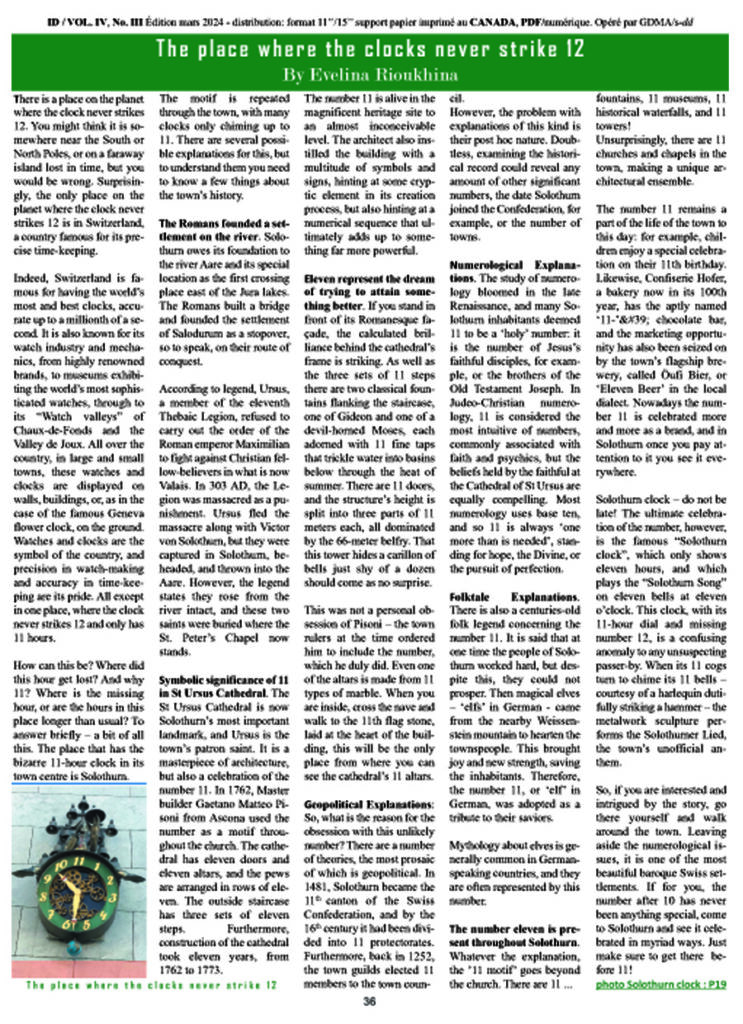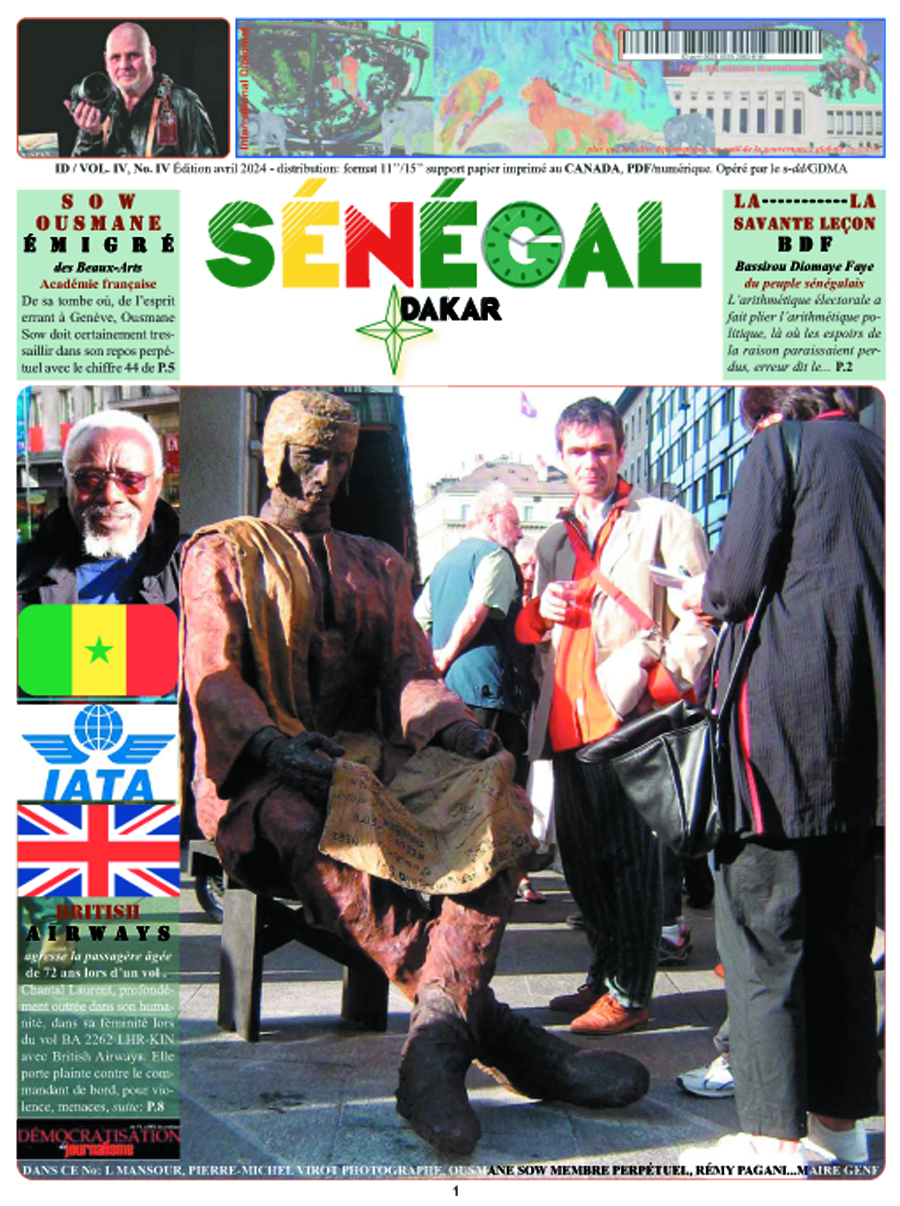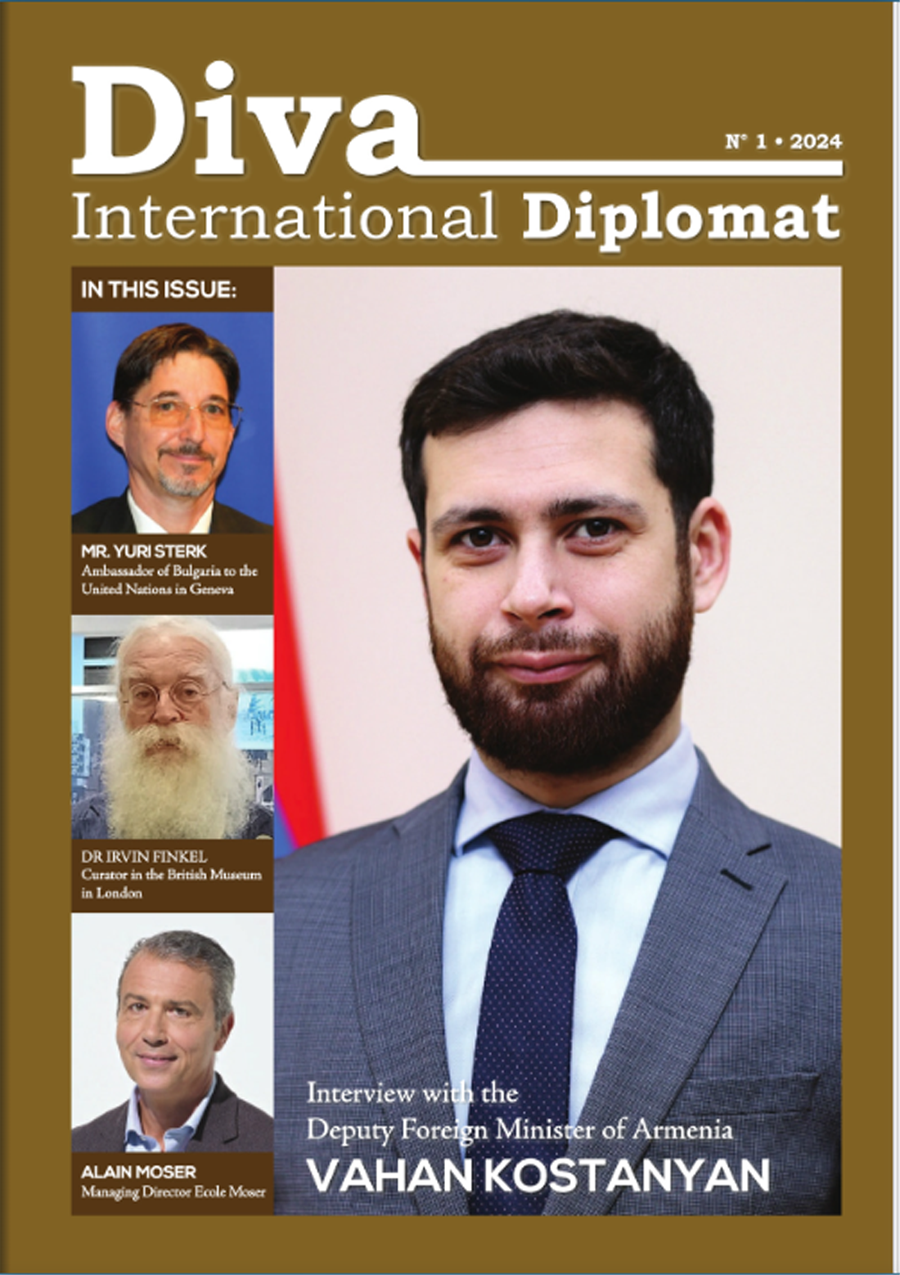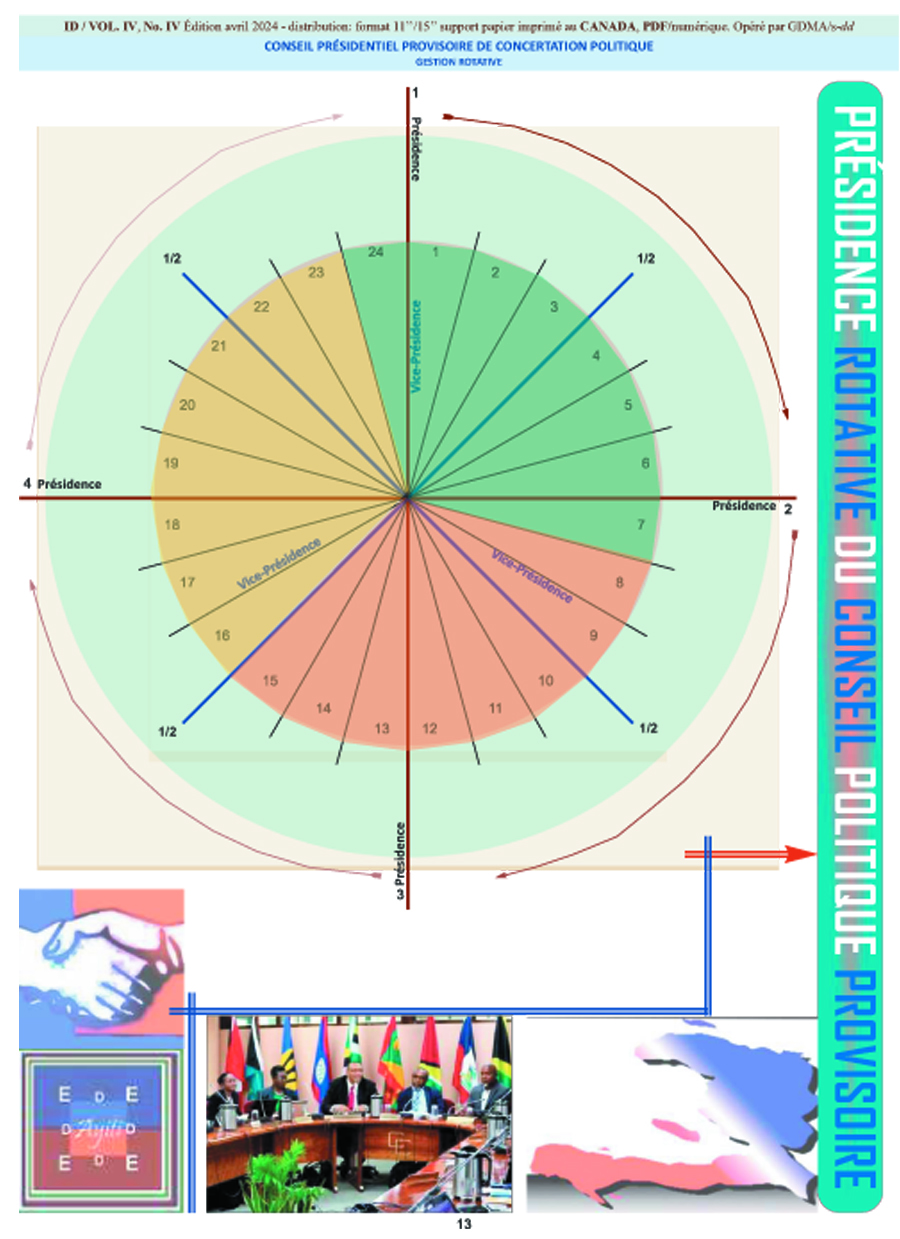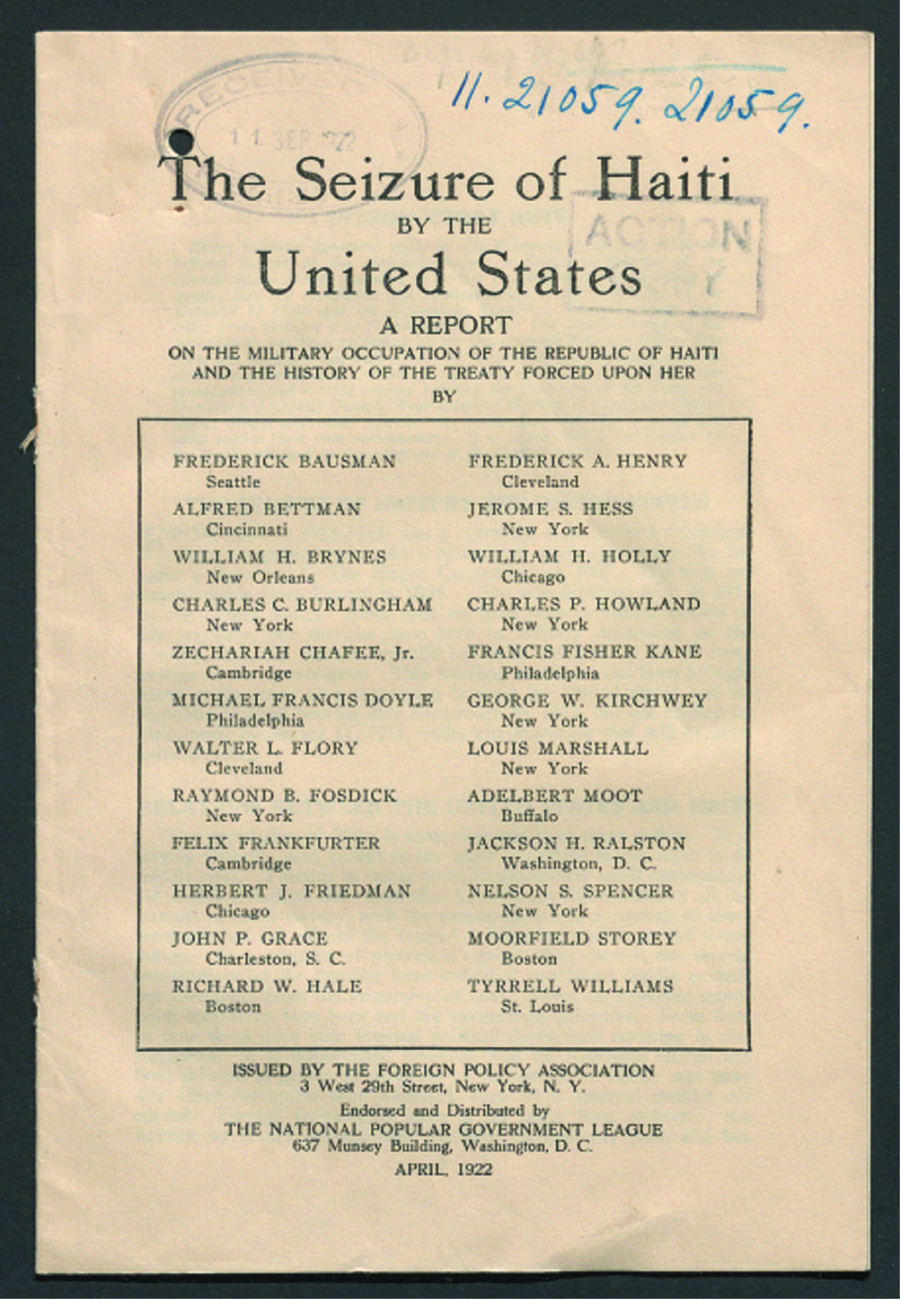
The place where the clocks never strike 12
- By Evelina Rioukhina
There is a place on the planet where the clock never strikes 12. You might think it is somewhere near the South or North Poles, or on a faraway island lost in time, but you would be wrong. Surprisingly, the only place on the planet where the clock never strikes 12 is in Switzerland, a country famous for its precise time-keeping.
Indeed, Switzerland is famous for having the world’s most and best clocks, accurate up to a millionth of a second. It is also known for its watch industry and mechanics, from highly renowned brands, to museums exhibiting the world’s most sophisticated watches, through to its “Watch valleys” of Chaux-de-Fonds and the Valley de Joux. All over the country, in large and small towns, these watches and clocks are displayed on walls, buildings, or, as in the case of the famous Geneva flower clock, on the ground. Watches and clocks are the symbol of the country, and precision in watch-making and accuracy in time-keeping are its pride. All except in one place, where the clock never strikes 12 and only has 11 hours.
How can this be? Where did this hour get lost? And why 11? Where is the missing hour, or are the hours in this place longer than usual? To answer briefly – a bit of all this. The place that has the bizarre 11-hour clock in its town centre is Solothurn. The motif is repeated through the town, with many clocks only chiming up to 11. There are several possible explanations for this, but to understand them you need to know a few things about the town’s history.
The Romans founded a settlement on the river. Solothurn owes its foundation to the river Aare and its special location as the first crossing place east of the Jura lakes. The Romans built a bridge and founded the settlement of Salodurum as a stopover, so to speak, on their route of conquest.
According to legend, Ursus, a member of the eleventh Thebaic Legion, refused to carry out the order of the Roman emperor Maximilian to fight against Christian fellow-believers in what is now Valais. In 303 AD, the Legion was massacred as a punishment. Ursus fled the massacre along with Victor von Solothurn, but they were captured in Solothurn, beheaded, and thrown into the Aare. However, the legend states they rose from the river intact, and these two saints were buried where the St. Peter’s Chapel now stands.
Symbolic significance of 11 in St Ursus Cathedral. The St Ursus Cathedral is now Solothurn’s most important landmark, and Ursus is the town’s patron saint. It is a masterpiece of architecture, but also a celebration of the number 11. In 1762, Master builder Gaetano Matteo Pisoni from Ascona used the number as a motif throughout the church. The cathedral has eleven doors and eleven altars, and the pews are arranged in rows of eleven. The outside staircase has three sets of eleven steps. Furthermore, construction of the cathedral took eleven years, from 1762 to 1773.
The number 11 is alive in the magnificent heritage site to an almost inconceivable level. The architect also instilled the building with a multitude of symbols and signs, hinting at some cryptic element in its creation process, but also hinting at a numerical sequence that ultimately adds up to something far more powerful.
Eleven represent the dream of trying to attain something better. If you stand in front of its Romanesque façade, the calculated brilliance behind the cathedral’s frame is striking. As well as the three sets of 11 steps there are two classical fountains flanking the staircase, one of Gideon and one of a devil-horned Moses, each adorned with 11 fine taps that trickle water into basins below through the heat of summer. There are 11 doors, and the structure’s height is split into three parts of 11 meters each, all dominated by the 66-meter belfry. That this tower hides a carillon of bells just shy of a dozen should come as no surprise.
This was not a personal obsession of Pisoni – the town rulers at the time ordered him to include the number, which he duly did. Even one of the altars is made from 11 types of marble. When you are inside, cross the nave and walk to the 11th flag stone, laid at the heart of the building, this will be the only place from where you can see the cathedral’s 11 altars.
Geopolitical Explanations: So, what is the reason for the obsession with this unlikely number? There are a number of theories, the most prosaic of which is geopolitical. In 1481, Solothurn became the 11 th canton of the Swiss Confederation, and by the 16th century it had been divided into 11 protectorates. Furthermore, back in 1252, the town guilds elected 11 members to the town council.
However, the problem with explanations of this kind is their post hoc nature. Doubtless, examining the historical record could reveal any amount of other significant numbers, the date Solothurn joined the Confederation, for example, or the number of towns.
Numerological Explanations. The study of numerology bloomed in the late Renaissance, and many Solothurn inhabitants deemed 11 to be a ‘holy’ number: it is the number of Jesus’s faithful disciples, for example, or the brothers of the Old Testament Joseph. In Judeo-Christian numerology, 11 is considered the most intuitive of numbers, commonly associated with faith and psychics, but the beliefs held by the faithful at the Cathedral of St Ursus are equally compelling. Most numerology uses base ten, and so 11 is always ‘one more than is needed’, standing for hope, the Divine, or the pursuit of perfection.
Folktale Explanations. There is also a centuries-old folk legend concerning the number 11. It is said that at one time the people of Solothurn worked hard, but despite this, they could not prosper. Then magical elves – ‘elfs’ in German – came from the nearby Weissenstein mountain to hearten the townspeople. This brought joy and new strength, saving the inhabitants. Therefore, the number 11, or ‘elf’ in German, was adopted as a tribute to their saviors.
Mythology about elves is generally common in German-speaking countries, and they are often represented by this number.
The number eleven is present throughout Solothurn. Whatever the explanation, the ’11 motif’ goes beyond the church. There are 11 fountains, 11 museums, 11 historical waterfalls, and 11 towers! Unsurprisingly, there are 11 churches and chapels in the town, making a unique architectural ensemble.
The number 11 remains a part of the life of the town to this day: for example, children enjoy a special celebration on their 11th birthday. Likewise, Confiserie Hofer, a bakery now in its 100th year, has the aptly named ‘11-’' chocolate bar, and the marketing opportunity has also been seized on by the town’s flagship brewery, called Öufi Bier, or ‘Eleven Beer’ in the local dialect. Nowadays the number 11 is celebrated more and more as a brand, and in Solothurn once you pay attention to it you see it everywhere.
Solothurn clock – do not be late! The ultimate celebration of the number, however, is the famous “Solothurn clock”, which only shows eleven hours, and which plays the “Solothurn Song” on eleven bells at eleven o’clock. This clock, with its 11-hour dial and missing number 12, is a confusing anomaly to any unsuspecting passer-by. When its 11 cogs turn to chime its 11 bells – courtesy of a harlequin dutifully striking a hammer – the metalwork sculpture performs the Solothurner Lied, the town’s unofficial anthem.
So, if you are interested and intrigued by the story, go there yourself and walk around the town. Leaving aside the numerological issues, it is one of the most beautiful baroque Swiss settlements. If for you, the number after 10 has never been anything special, come to Solothurn and see it celebrated in myriad ways. Just make sure to get there before 11!
- P36
ID Canada / ISSN 2563-818X (En ligne) – ISSN 2563-8181 (Imprimé)


